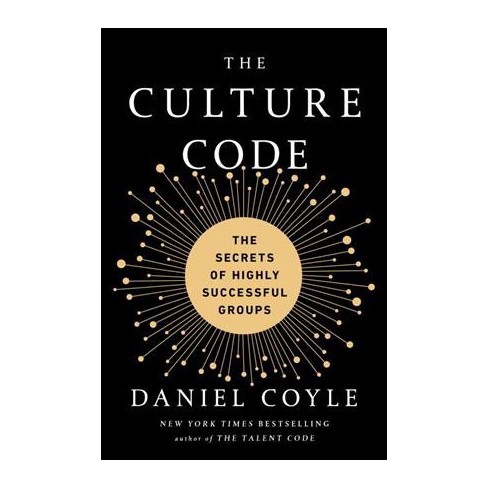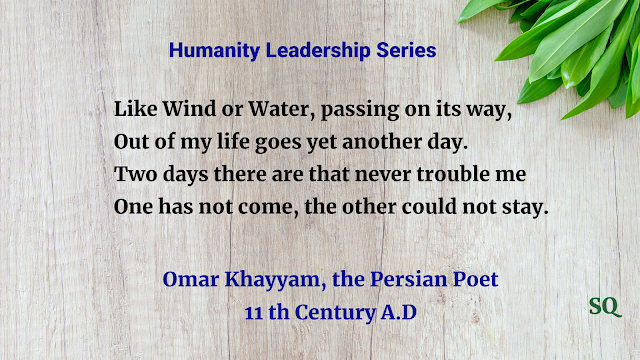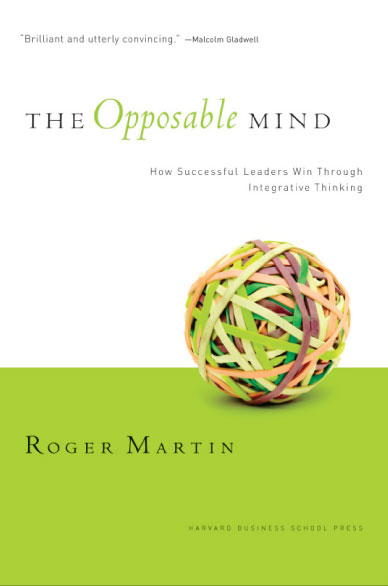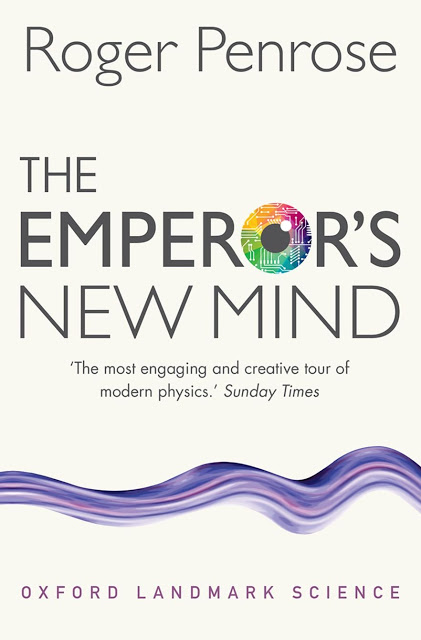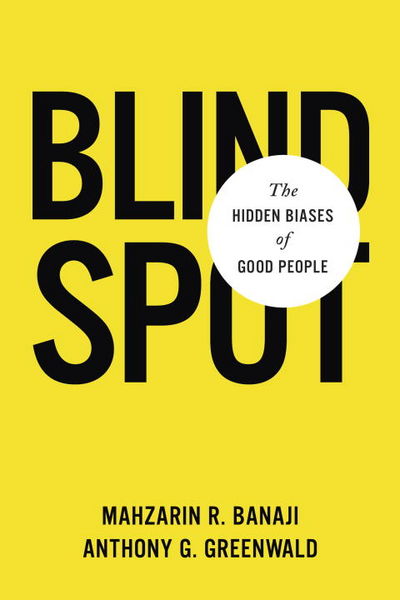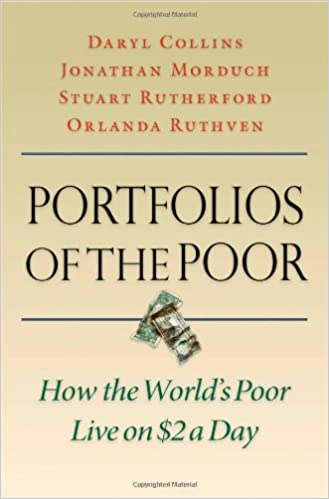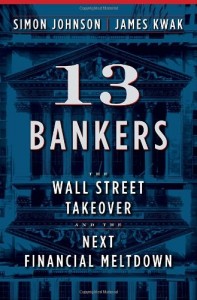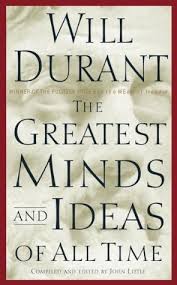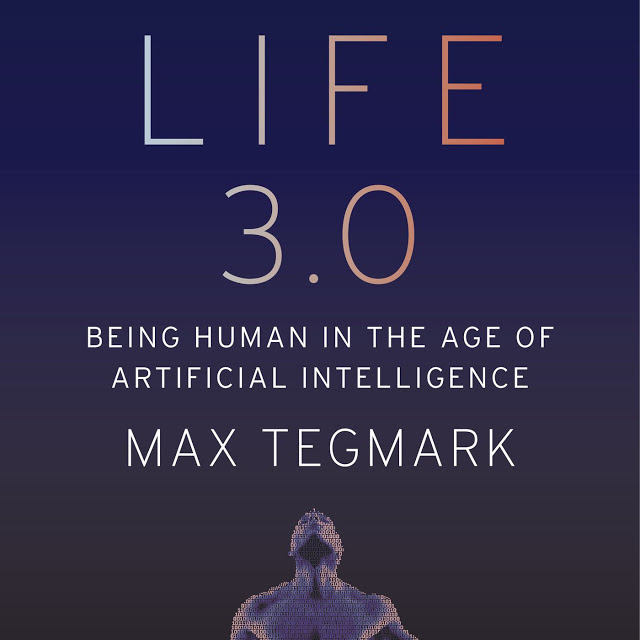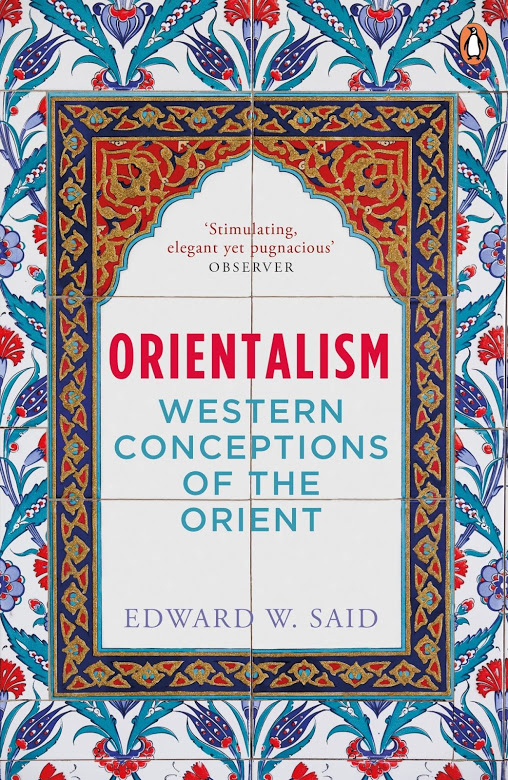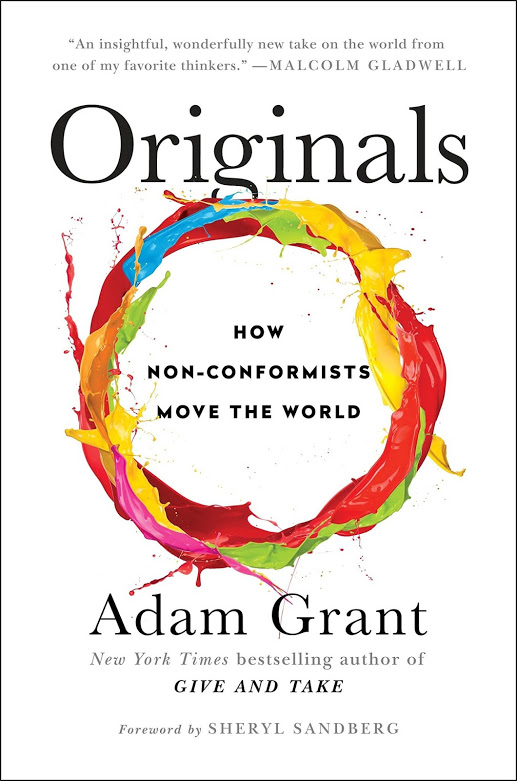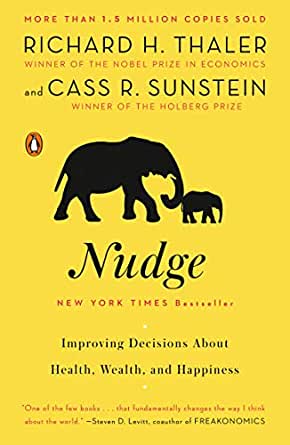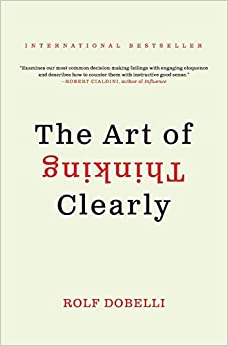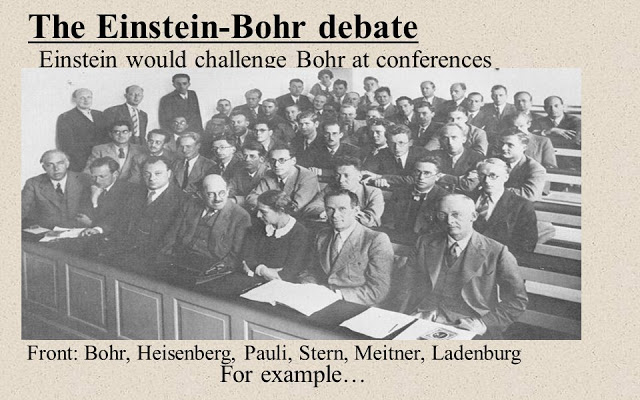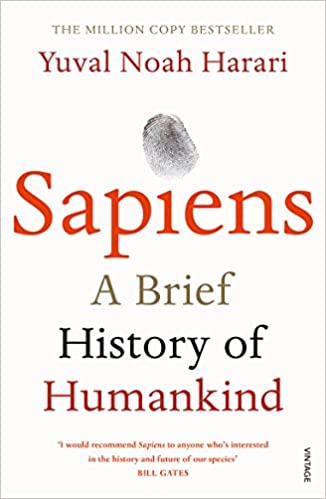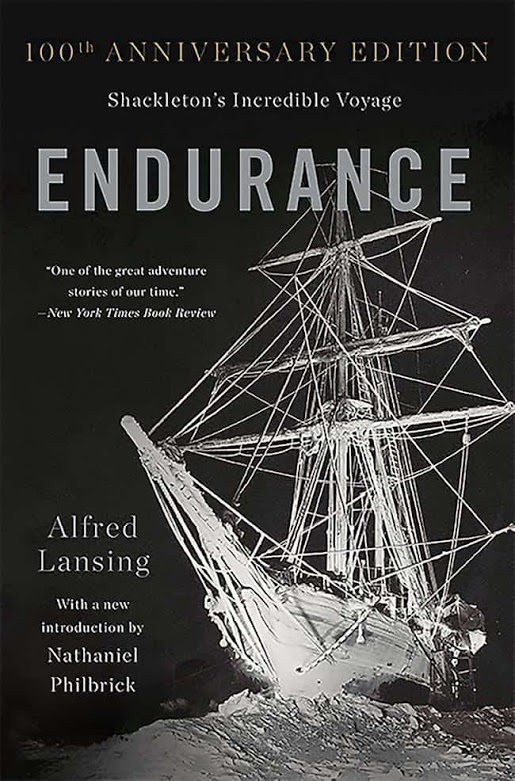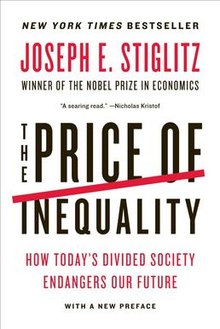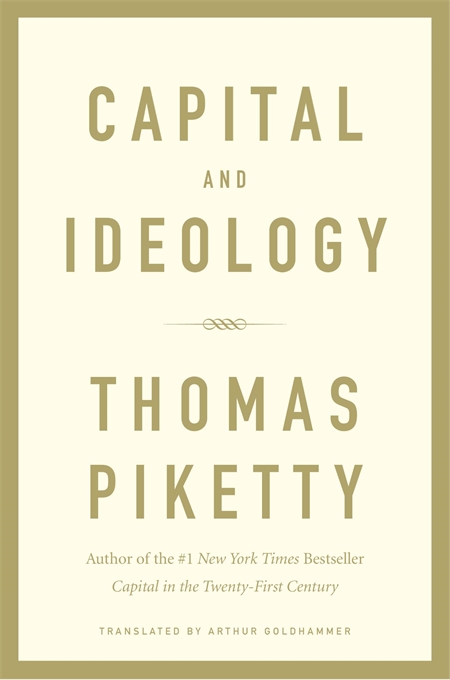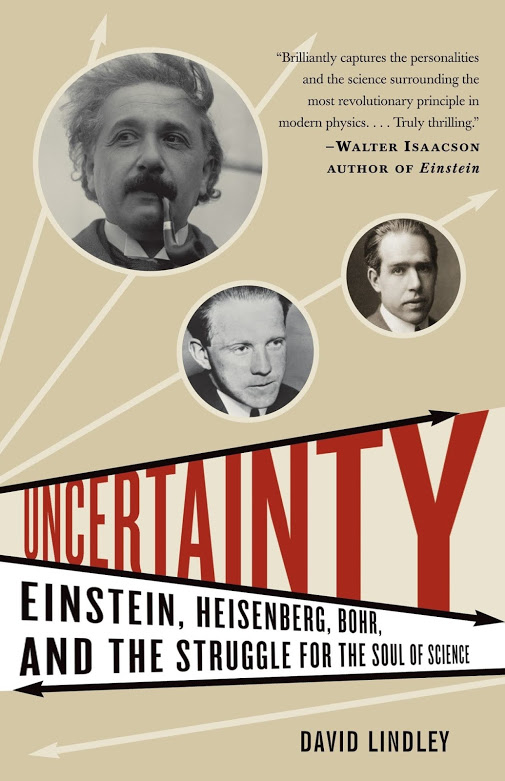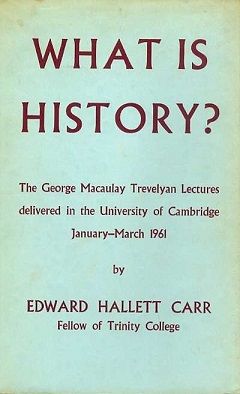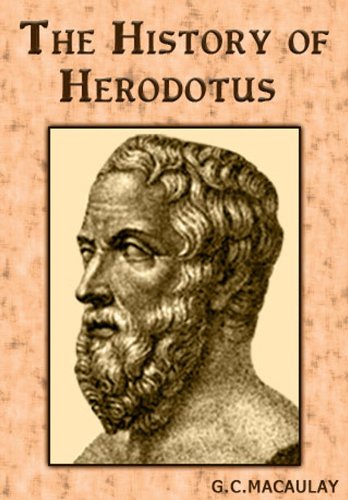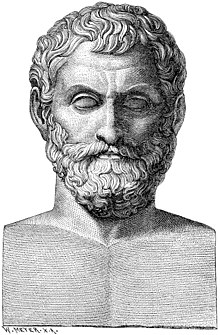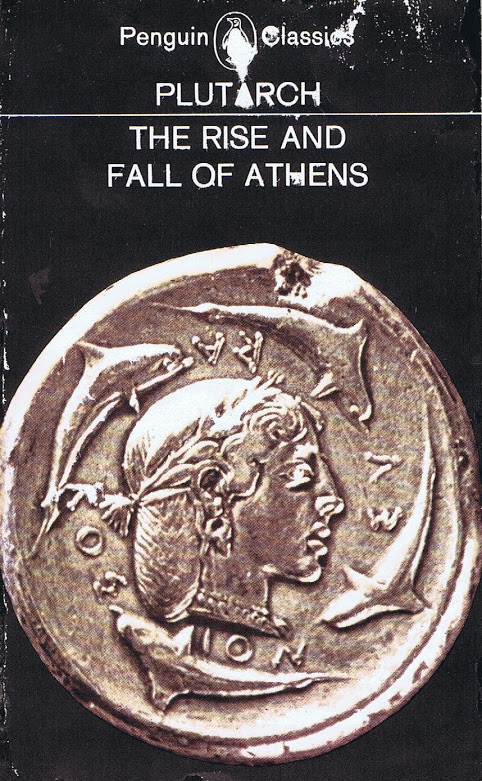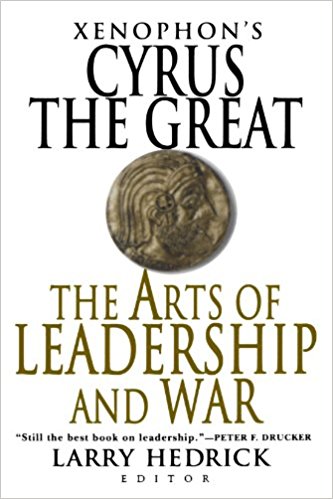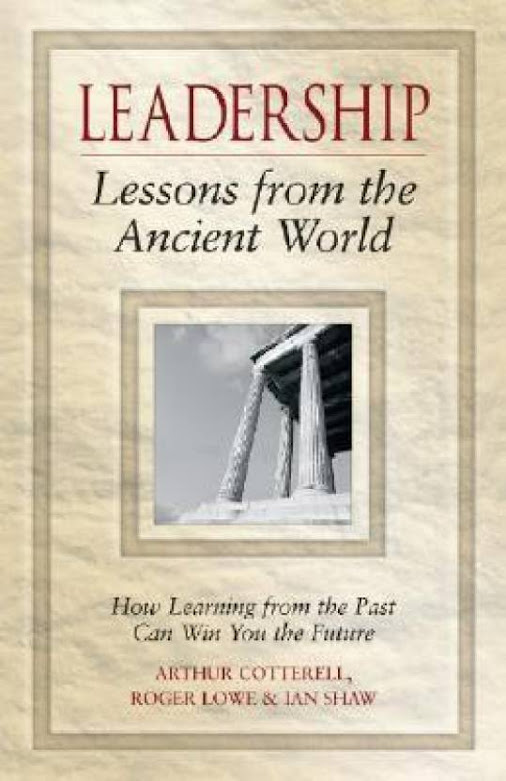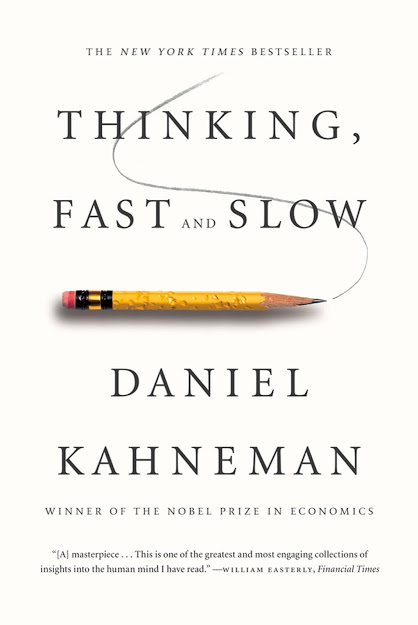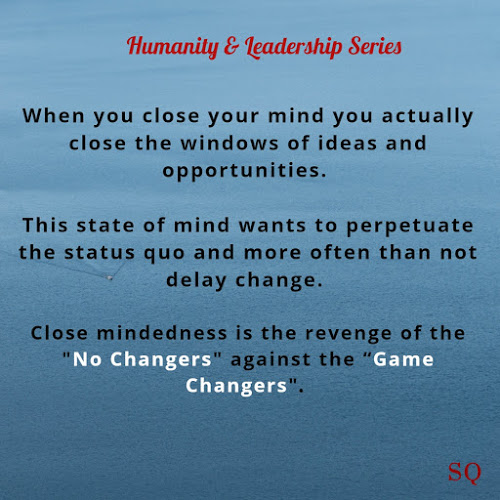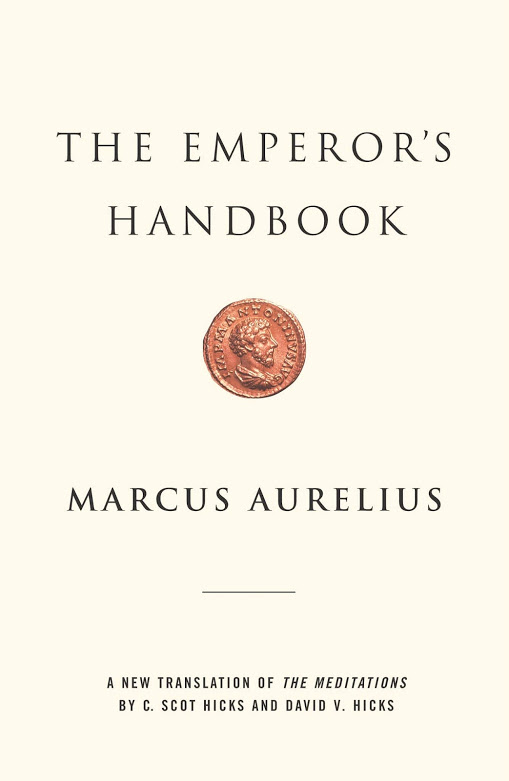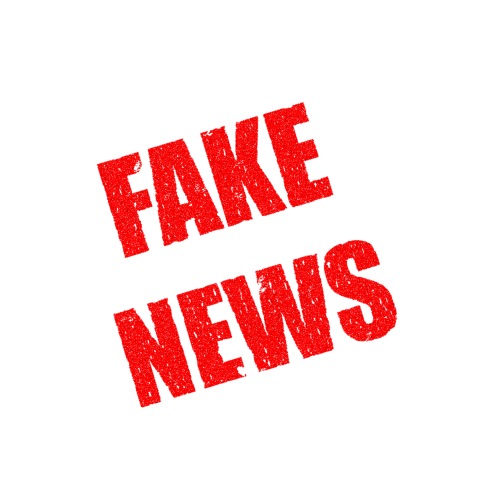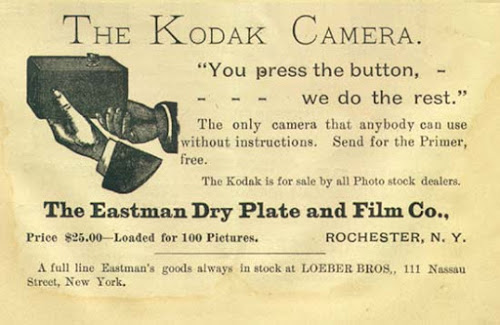Leadership And Decision Making
As a leader you are supposed to make decisions. There is no leadership without the responsibility of reaching decisions. We must also know that with this authority comes accountability. Since professional accountability and growth of organization is at stake it is imperative that decisions are made correctly. To be correct in decisions there are prerequisites one should fulfill before making any decisions.
Over the period of time through my own experiences and by way of observations, I have formed a few Thumb Rules on making decisions. I call these 5 Rules as the “Prerequisite Tool for Decision Making”. These prerequisites must be compulsorily fulfilled before arriving at your decision.
The five 5 Prerequisites have acted like the navigation tools for me to reach the destination point. There is no guarantee that you will arrive at good decisions if you follow the Prerequisites but the chances of taking wrong decisions would be greatly reduced. At the same time with the “Prerequisite Tool” the chances of arriving at correct decisions also gets highly improved. And this is what is important in matters of high stake decisions.
The Four Question Analysis
- What would happen if I do not reach any decision?
- Is there even a need to take any decision on the matter under consideration?
- Is the status quo holding good for the time being ?
- Am I being pushed by the circumstances to take decisions when there is no requirement for such ?
These are the first four 4 questions you must ask yourself and to your advisors if any situation of Decision Making arrives at your table for consideration. Sometimes taking “No decision” is also taking a decision. But this should not make us lazy, change resistant and risk averse which would be so tragic for the growth. But it is always better not to take any decision than to make the wrong decision under pressure.
In not taking any decision you still have 50 percent chance of things getting good on their own. But when you make a wrong & hasty decision you have a 100 💯 percent chance of failing. So taking decisions is not a compulsive leadership trait.
You cannot afford to be the showman who is taking decisions regularly just to impress the crowd. We must take decisions only when it is necessary and required. For me this “Four Question Analysis” is a must before arriving at any decision.
The Transparency Sessions
Sometimes it may be an open session with all the relevant people and sometimes even one to one in certain situations. Sometimes we can brainstorm in small groups and maybe by written surveys also. Whatever be the mode and style of engagements but we must be transparent in our conduct in search of decisions.
The Transparency Sessions accords to the leaders the various available options for decision making and he has the luxury to select from the best possible choices.
If the time is short and decisions are to be taken urgently, even in those situations some form of discussions are highly advised. The discussions provide transparency, legitimacy and shared responsibility within the organization.
The span of ownership of the decision is expanded across the organization and this is a healthy sign of maturity and process. The absence of transparency in decision making is generally construed and labelled as diktats which creates its own set of problems later on.
The Popular Choice Dilemma
There would always be people favouring different choices of decision. There are mainly three 3 sets of people : one who favors a particular option, the other who opposes that option and the fence sitters and skeptics.
Now if the overwhelming majority is favouring a particular decision then it must not necessarily close the issue. You must be more wary as to why so many are favouring that option. Is it the easiest option or the safest or the least change oriented ? What is the reason? As a leader you must delve into the issue.
In this scenario you must carefully listen to the people who are opposing the overwhelming option. Most leaders just dismiss the skeptics and rule out further thought on the issue. But sometimes leaders miss the opportunity of big change by treading the path of populism.
The engineers of Kodak developed the digital camera before any company was even aware of it. But when the matter was discussed at the highest leadership it was decided by consensus to hide the invention so that the business of print photography of Kodak is not threatened. Now Kodak is just a part of photography history. So the consensual decision is not always the correct decision as many self interests may be involved to resist the incoming change.
As leaders we must compulsorily verify the popular option thoroughly and after getting satisfied only we may go for that option. Do not get overwhelmed into making a wrong decision just because everybody is in it. Always exercise extra caution and due diligence when almost everybody says yes.
Do Your Own Research
Most of the decisions we take as leaders are based either on the assessment of our staff or on the basis of the expert opinions. We hardly have our own contributions to it other than going through the report and selecting the best possible options. But if it is a high stake decision then it is highly recommended to do our own research before the opinion of the others comes in.
In this age of knowledge society and search engines it is not so difficult to conduct our own research. The only factor that can hinder us is the time constraints and sometimes our lack of interest. But in spite of that I would highly advise to at least have some preliminary research by the leaders themselves. The span of view the leaders have may not be available with the others and the way the leader may look at certain facts while researching would be different from the others.
So when the report of others comes in the leaders can see the whole perspective and compare it fruitfully for the wider perspectives.
Our self research provides confidence to our decisions and gives us more insight into the options. This is one area where leaders due to too much indulgence on the formal route ignore the self research prerequisite.
I am not advising that the leaders must always research but whenever it is required to be done we must do it. The leader's self research can be a game changer also at times.
The Mock Test
There is a technique which is simple. In order to test the waters or to just check the response we must pretend to take a decision and inform it within the core group. Only the leader knows that this is just a mock decision drill. Everybody who is privy to this declared decision thinks it to be the final decision.
Once the mock decision is out the feedback too starts coming. Those who were not responding would also respond as feedback. Now there is nothing to keep mum about. Within a short time the pros and cons of the decision would be freely available to the leadership. Now the leader will find it easy to take the actual and real decision after the mock decision drill.
It is better to correct your decision after the feedbacks of the Mock Drill than be forced to change course after the decision is implemented officially. There is a big chance that you will get to know your decision mistakes during the mock test itself. Sometimes after announcing any decision you yourself will realise the other options that could have been used. All these confusions gets cleared to a large extent with the mock test.
Finally...
The “prerequisites” are the simple tool I have regularly deployed before arriving at the decision. I must confess that most of the time it has worked well and helped me in my decision making skills. There is every chance that it might work well for you too.
To Get Notified About The Posts On Leadership, Please Subscribe Below 👇

 Get a PDF Free Book
Get a PDF Free Book
